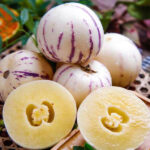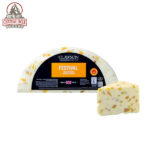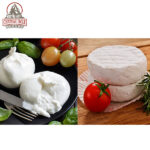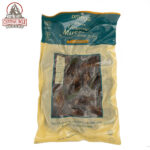La Clape
La Clape is a named sub-appellation of the Languedoc appellation in Languedoc-Roussillon, southern France. Unusually for a Languedoc sub-appellation, the La Clape title covers both red and white wines.
La Clape’s much-respected red wines are produced from Grenache, Syrah and Mourvedre – the local cepages ameliorateurs (‘improver’ varieties). While Carignan and Cinsaut can also be used to a limited extent, they are being gradually phased out from the local vineyards.
The lesser-known white La Clape wines are made from the classic Languedoc white-wine blend, which includes Grenache Blanc, Clairette and Bourboulenc, with smaller amounts of the Rhone Valley varieties Marsanne and Roussanne. The appellation laws even permit the use of Piquepoul, the specialty grape of Pinet, half an hour’s drive up the coast (see Picpoul de Pinet).
The official La Clape viticultural area covers the villages of Armissan, Fleury-d’Aude, Salles-d’Aude and Vinassan. It also covers vineyards on the eastern fringes of Narbonne town.
Located less than four miles (10km) from the southern French coast, the sub-appellation has a climate that is definitively Mediterranean, bringing long, hot summers and relatively mild winters. There is a clear marine influence, as a result of the area’s coastal location and its proximity to the various etangs (coastal lagoons) that line the southern Languedoc-Roussillon coast. These have become famous for their resident flamingo populations. This is about as far from the Equator as flamingos live (although some spend the summer in the lagoons of Venice in Italy, slightly further north than Narbonne), confirming just how warm the climate is here. Around half of these flamingos remain here even during the winter months.
The soils of La Clape are largely free-draining and sandy, with a presence of mineral-rich clay. There is also a high proportion of grès (sandstone) here, which echoes the soils found in the Gres de Montpellier sub-region just to the north-east.
Showing the single result






